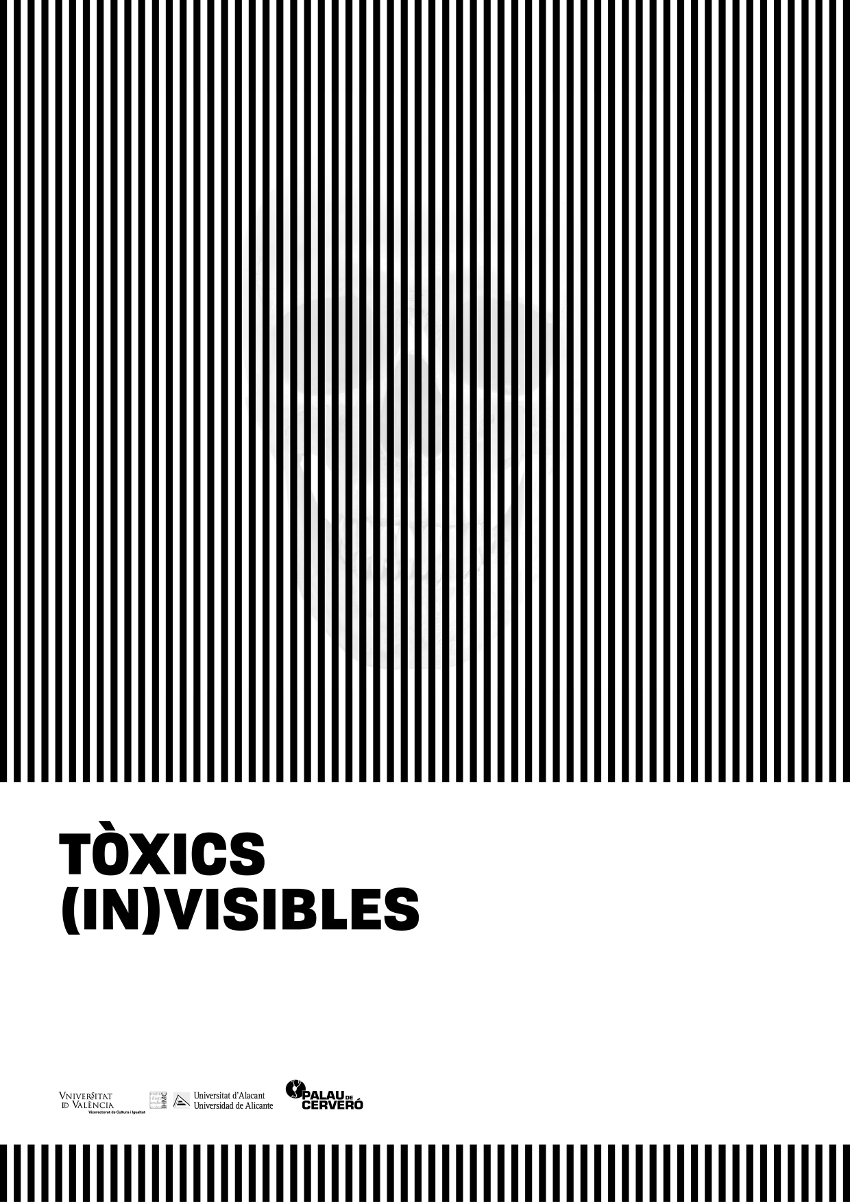
We live in a toxic world, we know, but it would be very difficult to agree on what these toxins are, what is their toxicity, what are the consequences of their action on people and the environment or what would be the actions that should be adopted to limit its effects. The toxicity of many of the substances that surround us does not seem to be appreciated unanimously, based on tests. (In)visible Toxics is an invitation to reflect on the complexity of the processes involved in the establishment of the toxicity of a substance.
The evaluation of the risk associated with exposure to toxins and its regulation have been and continue to be a source of intense controversy among widely differing social agents (toxicologists, epidemiologists, specialists in public health and occupational medicine, industry, citizens, environmental groups, politicians, etc.) that are involved and included or excluded from toxic evaluations and regulations in diverse ways. (In)visible Toxics analyses the role of these agents and, in particular, of the specialists in the processes of visibility of the toxics, but also in their invisibility, in other words, in the construction of ignorance around the perils to health and environment. However, it also considers the importance of the different forms of resistance of the victims, the special vulnerability of certain sectors, such as the child population, workers, popular classes, etc., or the coexistence between the political and economic elites in the establishment of regulations that provide the unequal distribution of toxic risk.
The exhibition allows us to reflect on the contingent and socially constructed character of toxicity. It presents four different products: heavy metals, asbestos, pesticides and fumes. And for each one of these, the exhibition goes into an especially significant case, such as the mercury poisoning of Minamata (Japan), the lead arsenal of the first Franco’s regime, the conflicts provoked by the fumes of Huelva at the end of the 19th century and the development of the Uralita Company during the 20th century. These examples show that the definition and perception of the toxicity of each of these products have changed in space and time, and that these changes have often led to dangerous and unnecessary exposures to toxins from large sectors of the population and especially of those most vulnerable.











